As alternating current passes along a wire:
- Different charges are pushed to the surface in response to the current charges and form an excess electric field, leaving the interior wire neutral.
Questions:
- Is this view correct?
- This would mean there are two groups of charges.
- Experimentally: Is there a strong electric field associated with each half wave even with a low resistance wire?
- Does the electric field travel down the wire near the speed of light and, before a current starts, all the positive and negative half waves are established along the length of the wire. The current charges between half waves can then neutralize each other. All the half waves progressively change together near the speed of light as the alternating electric field refreshes. Charges do not form on the surface in response to current charges.
- This can mean there is not an electric field associated with each half wave. There can still be an electric field from resistance in the wire deflecting current charges to the surface.
